Canon’s top 50mm lens is a surprisingly controversial one. One would think that a well-built, weathersealed 50mm lens with autofocus and a massive, bright f/1.2 aperture would be a home run pick, but there are certain traits of the Canon EF 50mm f/1.2L USM that have proven extremely divisive. My time spent with the Canon tells me that whether you are ultimately delighted or disappointed by this lens comes down to your expectations. If you want the absolute sharpest, most contrasty 50mm lens and mostly want to pixel peep, then get the Zeiss Otus 55 that I concurrently reviewed or perhaps the Sigma 50mm f/1.4 ART lens. But if you are a portrait or fine art photographer that wants a 50mm lens that will create uniquely beautiful images that will match the “look” of images from lenses like the 85L or 135L, then the EF 50mm f/1.2L may just be the 50mm lens you have been looking for.
Build Quality
The Canon 50L is clearly an “L” series lens. In fact, it stands unique amongst Canon’s “holy trinity” of primes (35L, 50L, and 135L) as the only one to offer weathersealing of the three. It has the traditional build of engineered plastics around a metal frame. The finish is a lightly flocked look, and there are ribbed areas on the barrel that aid gripping the lens. There is a distance window with hyperfocal scale, and between that and the red ring is the manual focus ring. It is about a half inch wide and has a rubberized, ribbed surface that is easy to grip. None of the Canon 50mm lens have exceptional focus rings. The 50mm f/1.8 has an essentially useless focus ring, and the 50mm f/1.4 is only a bit better. I still wouldn’t want to spend much time manually focusing the 50L, however, as it doesn’t move particularly smoothly, and while there is a light bit of resistance at minimum and infinity positions, the focus ring will continue moving beyond those points.
I was reviewing the Zeiss Otus 55 f/1.4 at the same time. The manual focus only Otus makes a terrible autofocus lens, but the Canon 50L doesn’t make for much a manual focus lens, either! Both of these should definitely stick to their strengths!
Neither of Canon’s other 50mm lenses is particularly well regarded for their build quality. The “plastic fantastic” (EF 50mm f/1.8) has what has frequently been called a “throw-away” build quality; if something goes wrong, you simply throw it away and buy another. The 50mm f/1.4 has long struggled with issues with the AF breaking on it. The Canon 50L is definitely on the top of the heap when it comes to its build in the Canon realm. It is a deserving “L” series lens that has a robust build that should last any professional for many years of use.
It is not a particularly long lens at right under 2.6” (65.5mm), but it is quite wide and squat at nearly 3.4” around (85.8mm). It weighs in at 590g, making it quite a solid, hefty lens…but far from onerously heavy. The Canon 50mm f/1.4 is only 2.9” around and weighs in at 290g. The 50L is both shorter and lighter than the new Sigma ART’s 3.93” and 815g or the Zeiss Otus’s 5.66” length and 1030g weight. It has a useful minimum focus distance of .45m/1.5 feet, and an average/pedestrian .15x magnification.
One final observation: the 50L shares a 72mm front filter thread with the other members of the “holy trinity” of Canon primes (35L, 135L). This was (is) a good thing, particularly if you already have filters in this size (I do). Many lenses have gone to a 77mm standard, however, including the Sigma 50mm primes along with the Zeiss Otus 55mm, and it may be more likely for you to have 77mm filters than 72mm filters. I do recommend getting something like an ND8 filter for the lens; that massive aperture means that in many conditions you will be knocking against the shutter speed limit for your camera body with the lens wide open, and you can forget getting a decent shutter sync speed with flashes without a ND filter. Using a protection filter would also be wise as this is required to complete the weather sealing on the lens.
The 50L comes with a standard lens hood that is flat, not petal shaped. It isn’t exotic, but it is functional. It is flocked inside to prevent stray light from bouncing around and does a good job of protecting everything without being too large. The only negative is that it has Canon’s older finish that is not flocked and has more of a flat finish. I do find that this finish is more prone to picking up bag marks. The copy I tested of the Canon 50L came with Canon’s newer center pinch cap. They seem to have made that changeover with all the lenses that have a standard front cap.
Autofocus observations:
The AF in the 50L is not as quick as some of the faster lenses I have used. It does have a true ring USM motor (that’s the good kind!), but it is on the slower end of USM focus speed. There are massive glass elements being moved here, and the motor is not quite powerful enough to mask that. It actually reminds me a bit of my Tamron 24-70mm f/2.8 VC. There is a bit of a “lag” as the power of the motor begins the momentum that will move the elements. The Tamron is faster, but there is that same feeling that inertia has to build before the elements jump into position. It takes just long enough to acquire focus that you notice it. It is faster than the 85L II (notoriously slow) but will feel somewhat slow compared to powerhouses like the 24-70mm f/2.8L II or the 70-200mm variants. It is fast enough for most applications, however, and the focus is smooth and accurate in my experience.
The autofocus has been somewhat controversial on the 50L, with a lot of reports of focus shift issues. I did not personally experience those issues, however. I was actually surprised by how well it did in AF Servo mode. In a sequence with my dog moving in high speed towards the camera I only had one shot of the series out of focus.
I shot another series with my son on a set of swings and was surprised at how accurate my AF results tracking him. Most of my shots so far have been consistently focused. I’ve read about the issues that others have reported but I did not encounter anything in my actual review to suggest those issues. I got consistent focus results with all AF points on my Canon EOS 6D bodies, so no complaints in that department. I’m not trying to say that some copies of the lens don’t have the issues that have been reported; I did not encounter them myself. I use a plugin for Lightroom called “Show Focus Points” that will actually show the grid overlay of the focus system of your camera and it will show the focus point selected, whether or not the camera reported lock, and if actual focus was achieved. Here are a couple of screenshots that show some f/1.2 (wide open) shots using the outer AF points of my Canon EOS 6D with accurate focus achieved.
I did an AFMA on the lens and got a consistent -9 in FoCal 2 testing, but I didn’t feel in field use that the accuracy had been helped, so I reset the AFMA to 0 and got more consistent results. Other than the speed (which is on the slower side of USM lenses), I have nothing to complain about when it comes to the 50L’s AF. In fact, my favorite shot taken during my review period was of a fast moving dog wide open (f/1.2) using AF Servo mode. The image processed beautifully (more on that in the next section).
Sharpness vs. Drawing
The image quality from the 50L has been one of those surprisingly controversial areas. I think that a good portion of this is the “internet effect”. Opinions are cheap on the internet, and often a bit of anecdotal “knowledge” gets repeated as “Gospel”. Let’s try to take an objective look at the image quality from the 50L. Here is both the good and the bad in this image and its crop:
You can see that the overall look of the image is nice, but the low sharpness and contrast is quite evident in the crop. The Canon 50L is not super sharp wide open. It isn’t bad, but it isn’t amazing. There is a bit of haze around fine detailed areas suggesting a lack of contrast. It is reasonably sharp towards the center of the frame (low contrast aside), but the sharpness drops off towards the edge of the image circle. I’ve heard a fair amount of rhetoric from photographers because chart testing suggests that the Canon 50mm f/1.4 may be as sharp or sharper at equivalent apertures (particularly towards the edge of the periphery), but let me please beat the drum again to say that sharpness is not always the MOST desirable quality in a lens. Sometimes we gear lovers miss the forest for the trees; we get so caught up in the little details that we lose sight of the fact that lenses are made to make pictures, not be tested. Many reviews that compare other lenses to the 50L will note that it isn’t as sharp as EF 50mm f/1.4 near the edges, or note that if you stop them down this 50mm is sharper, or has less chromatic aberrations, or more contrast, etc… I had the Zeiss Otus 55mm f/1.4 as a comparison point, and it obviously wins on all of these finer points. I’ve reviewed or owned at least 20 50mm(ish) lenses, including 4 from Zeiss, all of the Canon options (save the legacy 50mm f/1.0L), both Sigmas, the new Rokinon 50mm f/1.4, and a host of legacy/vintage 50mm options (about 10 different ones). At one point or another I’ve owned multiple copies of the 50mm f/1.8, EF 50mm f/1.4, plus I currently own four vintage 50mm primes. The new 50mm f/1.8 STM will be in my hands in a couple of days. My point is that I have a very broad frame of reference when it comes to 50mm lenses on Canon cameras.
There are sharper lenses than the Canon 50L. There are lenses with less chromatic aberrations, higher contrast, and any other number of “chartable things”. But if you step back and take a look at the actual pictures the Canon 50L produces you might just gain a new appreciation for it. It draws beautifully. Rich color, rich bokeh, and a “look” to the images that is impossible to measure in a scientific way but is nonetheless true. It produces a beautifully “creamy” effect in the out of focus regions that is, in part, a byproduct of NOT having amazing sharpness towards the edges of the images and NOT having superlative contrast. I also think that the lens is optimized for portrait distances. Center sharpness wide open is actually quite good at distances from 6-15 feet, which further benefits the lens as a premium portrait lens. I found that the lenses optical shortcomings at wide apertures were more evident towards the extremes of the focus range. Whether or not the 50L is the lens for you or worth the $1450 is something only you can decide, but please, let’s not kid ourselves and say something like, “The 50mm f/1.4 is sharper and so it is the better lens.”
The 50L produces beautiful images in a way that the EF 50mm f/1.4 only dreams of. In that sense it is somewhat like the 85L. The 85L has a lot of CA, focuses very slowly, and yet it is the top choice for a number of the best portrait photographers out there. You know why? Because their clients aren’t measuring lens sharpness or the pixel width of the chromatic aberrations; they are looking at photos. They see a creamy, magical image like nothing they have seen before and are enchanted. If you choose to buy the 50L, it shouldn’t be because of its sharpness or some other measurable quality; it should be because it can take uniquely beautiful images that Canon’s cheaper 50mm lenses simply don’t match. This series has had some minor post processing. I find the images from the 50L very nice to process.
It is hard to describe, but as you process images from the lens you gain appreciation for the overall look and “feel” of them. It really is a very nice portrait lens, and the creamy bokeh and great subject isolation of that huge aperture are very handy for fine art shots as well.
The 50mm f/1.4 in certain situations produces really busy bokeh, but the 50L is well noted for the quality of its bokeh. This isn’t exaggerated; it is really, really nice. The two main competitors for best bokeh in a 50mm lens that I’m familiar with is either the Otus 55 (it’s pretty much good at everything) and the Rokinon 50mm f/1.4. These are both manual focus lenses and so may not be on your radar. The biggest negative of the bokeh from the 50L is that it can have a fair bit of strong green fringing. The lens does a great job of creating “cream” in the right situations, though, and the fringing only shows up when there are very bright highlights. This image represents worst case scenario in my experience.
On the bright side, this crop also shows that focus is nailed at f/1.2 with a moving target on a swing and that center sharpness is actually very nice here. The fact that the aperture opens up to f/1.2L (and it is usable at f/1.2 for the right kinds of shots) means that it can create a unique amount of bokeh compared to other 50mm lenses. No other current 50mm lens has such a large aperture, and this is at least one claim to fame for the Canon 50L. It has an eight bladed circular aperture that retains nice roundness of bokeh highlights when stopped down (VERY unlike the Canon EF 50mm f/1.8). Circles don’t always stay circular towards the outer edge of frame. The quality of the 50L’s bokeh is less about roundness and more about creaminess and the overall transition from focus to defocus. This series shows bokeh at f/1.2, f/1.4, f/2, f/2.8, and f/4.
The lens unsurprisingly sharpens up nicely at smaller apertures and makes for a nice landscape lens, but if you primarily shoot at narrower apertures (f/2.8-f/11), you would be better served with an EF 50mm f/1.4 or something similar. The 50L is really made for people who want to shoot at wide apertures.
Chromatic Aberrations and Flare Resistance
The lens is not exempt from chromatic aberrations, and, like other 50mm lenses that I have encountered, it seems to particularly suffer from green fringing. This shot shows the common green fringing that shows up in the white text in the out of focus printing on this camera body.
At the same time I was actually surprised by how well the 50L did with my text torture test. I felt like it did a reasonable job wide even wide open as compared with other 50mm lenses.
It doesn’t blow one’s mind with its contrast, but while the green fringing shows up, the lateral purple fringing isn’t really pronounced. My primary comparison was against the absolute best normal lens in the world – the Zeiss Otus 1.4/55. You can see from this comparison that the green fringing is much more pronounced with the 50L; it is almost nonexistent with the Otus.
I also want to share a comparison with the Sigma ART 50mm f/1.4. These were not shot under identical conditions, but while the Sigma shows superior contrast and less green fringing beyond the plane of focus it also shows more purple fringing before the plane of focus.
One other observation is that the 50L seems to frame a little wider than some other 50mm lenses that I own. I would say that it is probably somewhere around 48mm, but this isn’t really a big deal. I also did my best to introduce flare with the 50L, but despite its very large aperture the combination of the optical formula, coatings, and lens hood kept flare very manageable. There is a bit of ghosting and a slight bit of veiling, but I was purposefully trying to keep these in the frame and could have easily minimized them through appropriate technique. All in all this is a good performance.
I strongly encourage you to look at the image gallery from the lens here. There are a host of images there without any processing along with some full size samples to help you decide if the 50L is the lens for you.
Conclusions and Competitors
The biggest threat to the Canon 50L has been the release of the Sigma 50mm f/1.4 ART lens. The Zeiss Otus 55 f/1.4 (review coming next week) remains the class leader since its introduction, but its dizzying price (nearly $4000) and lack of AF means that it will stay off most photographer’s radar. The Sigma, however, has image quality that charts much better than the 50L’s along with autofocus, although it can struggle with focus accuracy and consistency. It also retails for about a third less than the 50L (which retails for $1450 when not on sale). You can read my review of the Sigma here. Is it the better lens? It is certainly sharper and has better contrast, but I’m not convinced that it has as “magical” a drawing/look as the 50L. I would recommend going to Flickr and looking at images from both lenses in group pools and seeing which lenses’ look appeals to you more. I recognize that post processing plays a big role in the finished look of images, but I do think that you can find a pattern that will help you make that decision.
If you don’t mind manual focus, the new Rokinon 50mm f/1.4 has very nice rendering that in many ways rivals that of the 50L. It doesn’t offer that extra-large aperture, of course, and it doesn’t have any bells and whistles (like, ummm, autofocus!), but it does produce beautiful images. You can check out my review of that lens here.
Who is the 50L for? I think that it will best serve portrait photographers that want to deliver uniquely beautiful/dreamy results to their clients or wedding photographers that want something a little more special than what a 24-70mm f/2.8 lens can offer. The 50L delivers images that just seem to process really well and lend themselves to creating very artful portrait and fine art shots. It is hard to quantify, and you can’t really point to any part of the image and say, “here’s why”, but those that have used the lens know what I’m talking about. I had no issues with the autofocus on the lens (other than it being a bit slow), and was particularly surprised with how well it worked in AF Servo mode. I think this lens would be a great tool for wedding photographers for both of these reasons. General purpose photographers who don’t do a lot of shooting between f/1.2 and f/2 would probably be served with a more inexpensive lens. This is a specialist tool, and thus not for everyone, but I wouldn’t be surprised if the Canon EF 50mm f/1.2L USM ends up being one of your favorite lenses in your kit.
Pros:
- Amazingly bright f/1.2 aperture
- Robust, weather sealed build quality
- True ring USM focus motor
- Beautiful drawing and bokeh
- Useful image quality at f/1.2
- Relatively well controlled chromatic aberrations
- Good AF Servo performance
- Excellent color rendition
Cons:
- Canon’s most expensive 50mm lens by a wide margin
- Some softness and “haze” at wide apertures
- Circular highlights are somewhat deformed near edges of image circle
- Manual focus ring is somewhat tight
- The Sigma 50mm f/1.4 ART is only 2/3rds of the price
- Some green fringing in bokeh highlights
I tested a retail copy of the 50L provided to me by the great folks over at B&H Photo. Please consider purchasing through the links below to help support them (and me).
Gear Used:
Canon EOS 6D DSLR Camera (Body Only)
Canon EF 50mm f/1.2L USM Lens
Adobe Lightroom CC Software for Mac and Windows (Boxed Version)
Adobe Photoshop Creative Cloud 1-Year Subscription
Alien Skin Exposure 7 (Use Code “dustinabbott” to get 10% anything and everything)
Purchasing your gear through B&H and these links helps fund this website and keeps the articles coming. Thank you for your support.
Great News! I can now offer a 5% discount on all purchases at Amplis Foto, Canada’s Leading Photographic Supplier. Please enter discount code: AMPLIS52014 in your cart. It is good for everything in your cart, and is stackable with other coupons, too! It will take 5% off your entire order! Proceeds go towards keeping this site going and providing you with new reviews!
Error: Contact form not found.


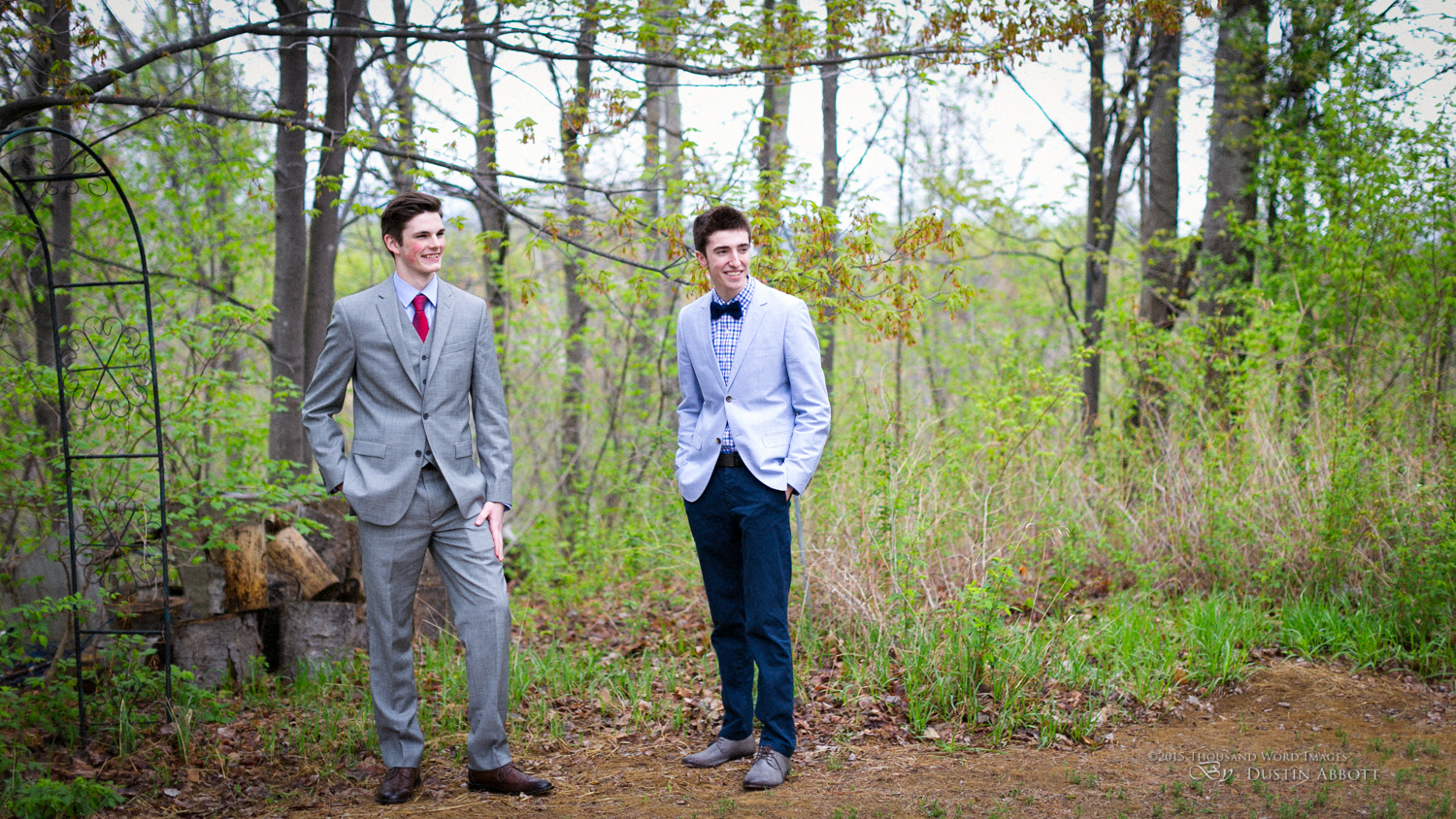
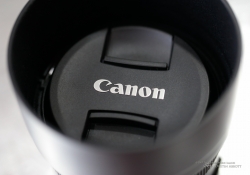
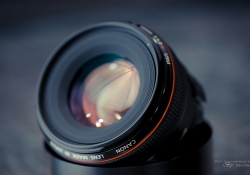
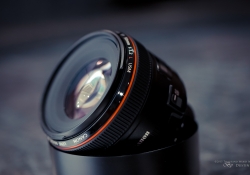

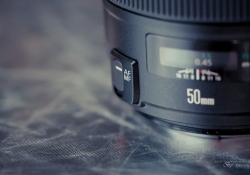
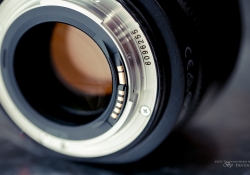
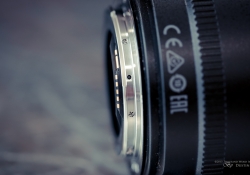
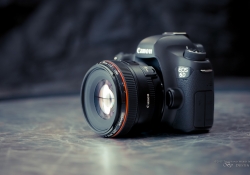

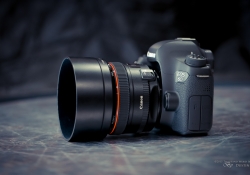
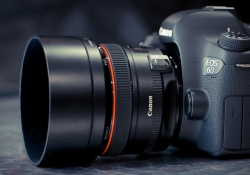
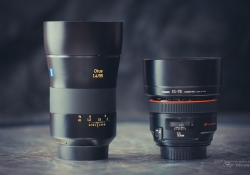
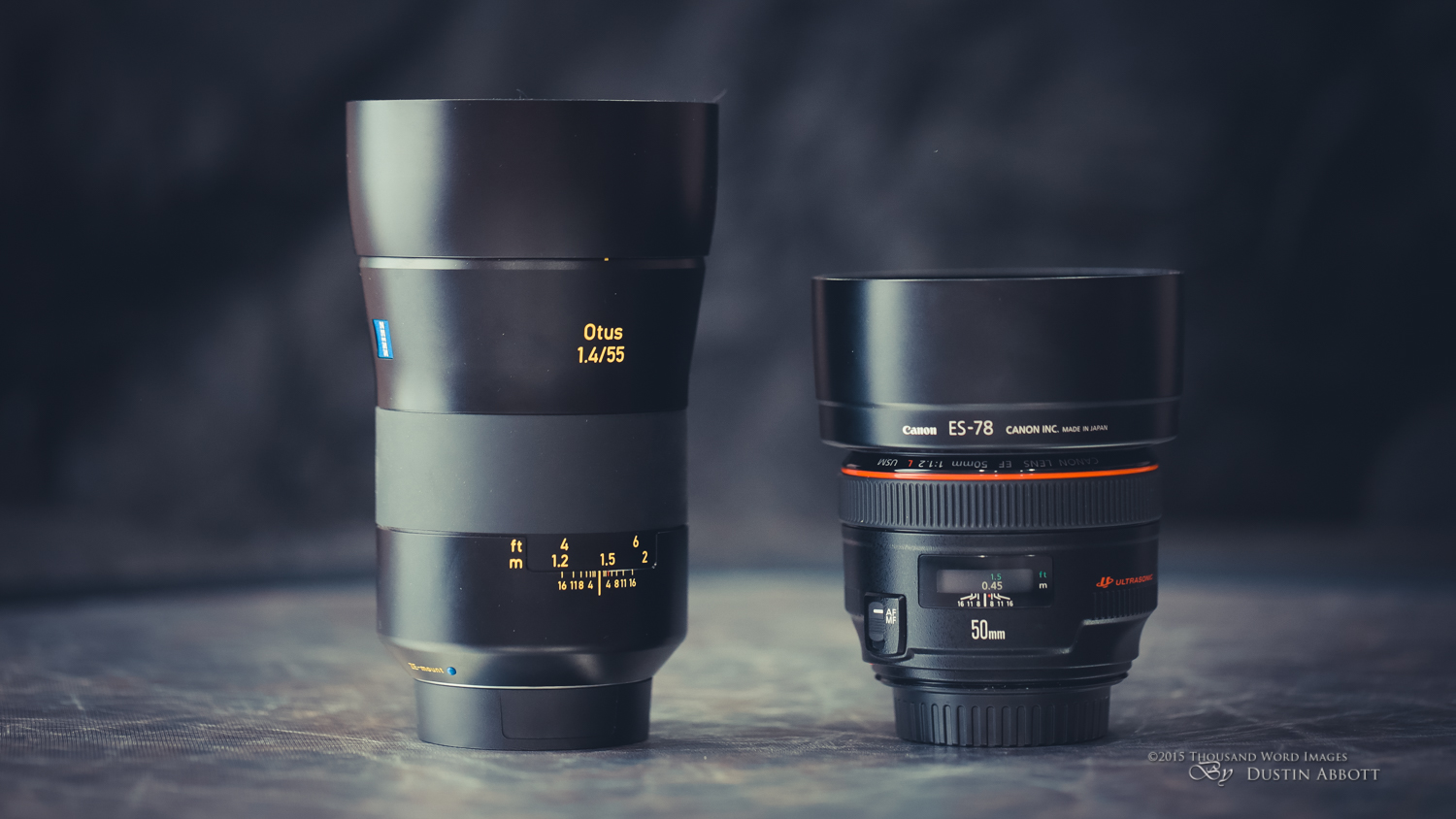
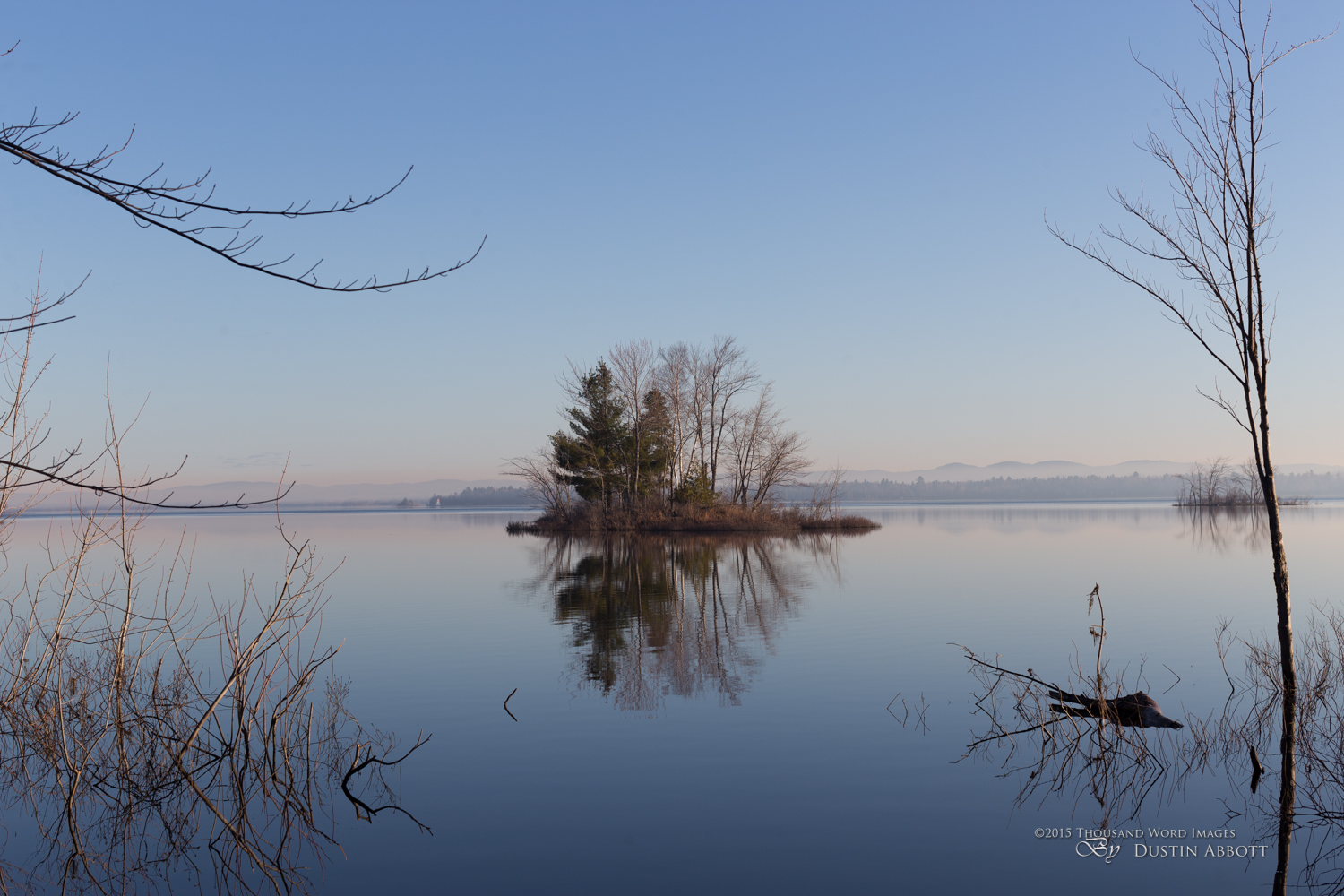



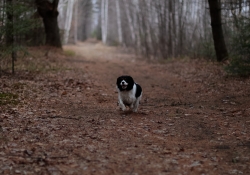
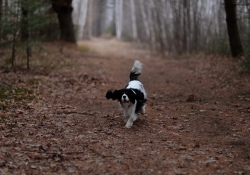
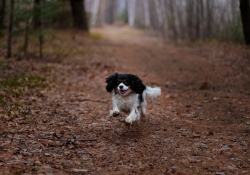


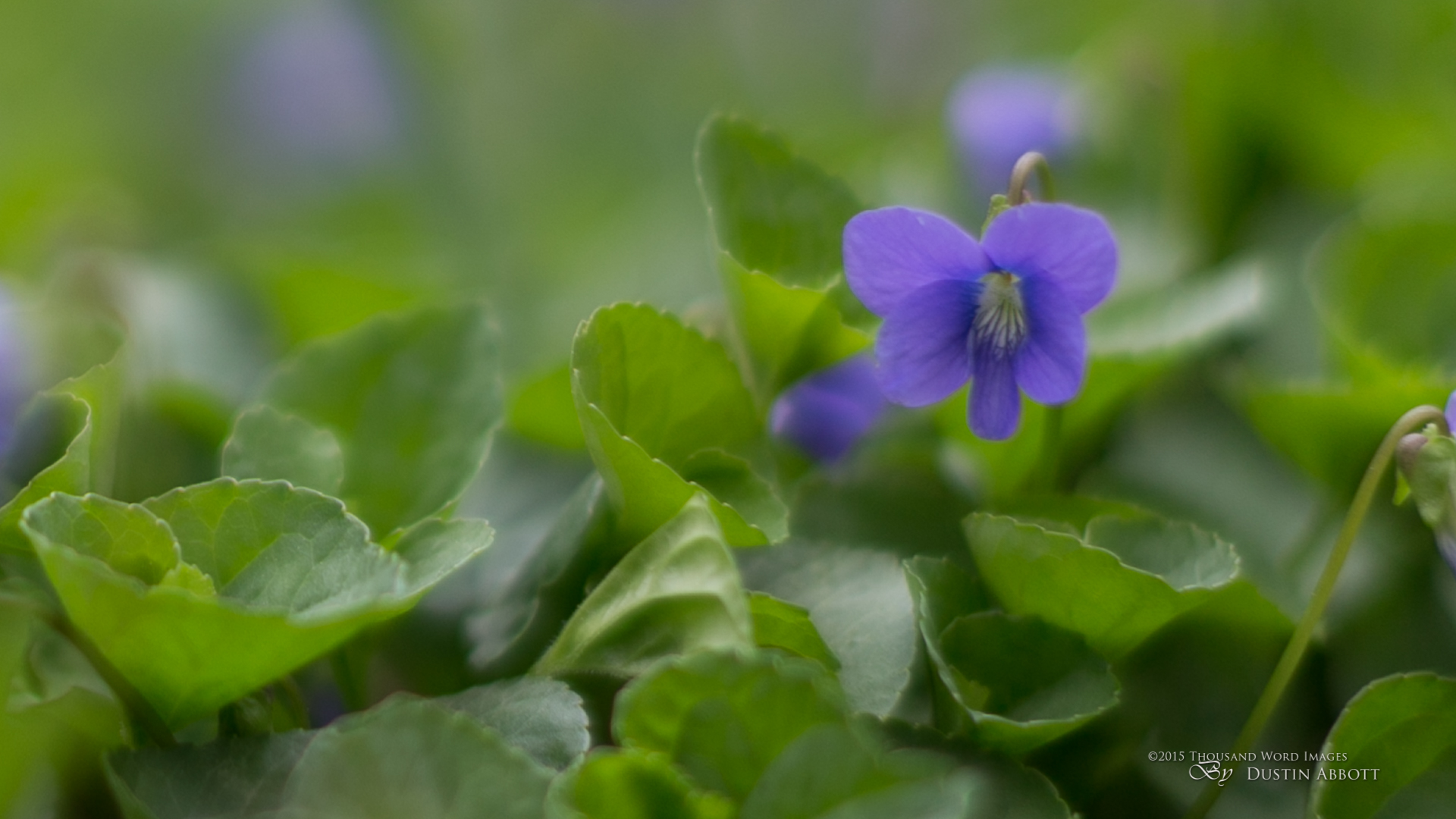









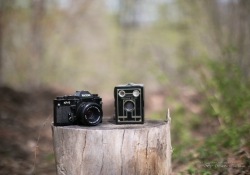
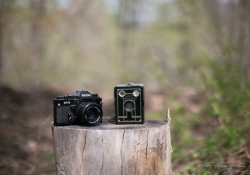
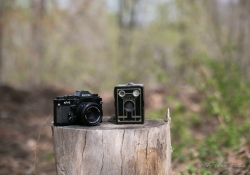
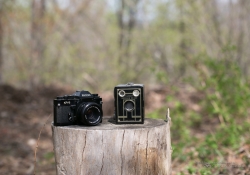
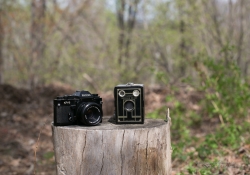
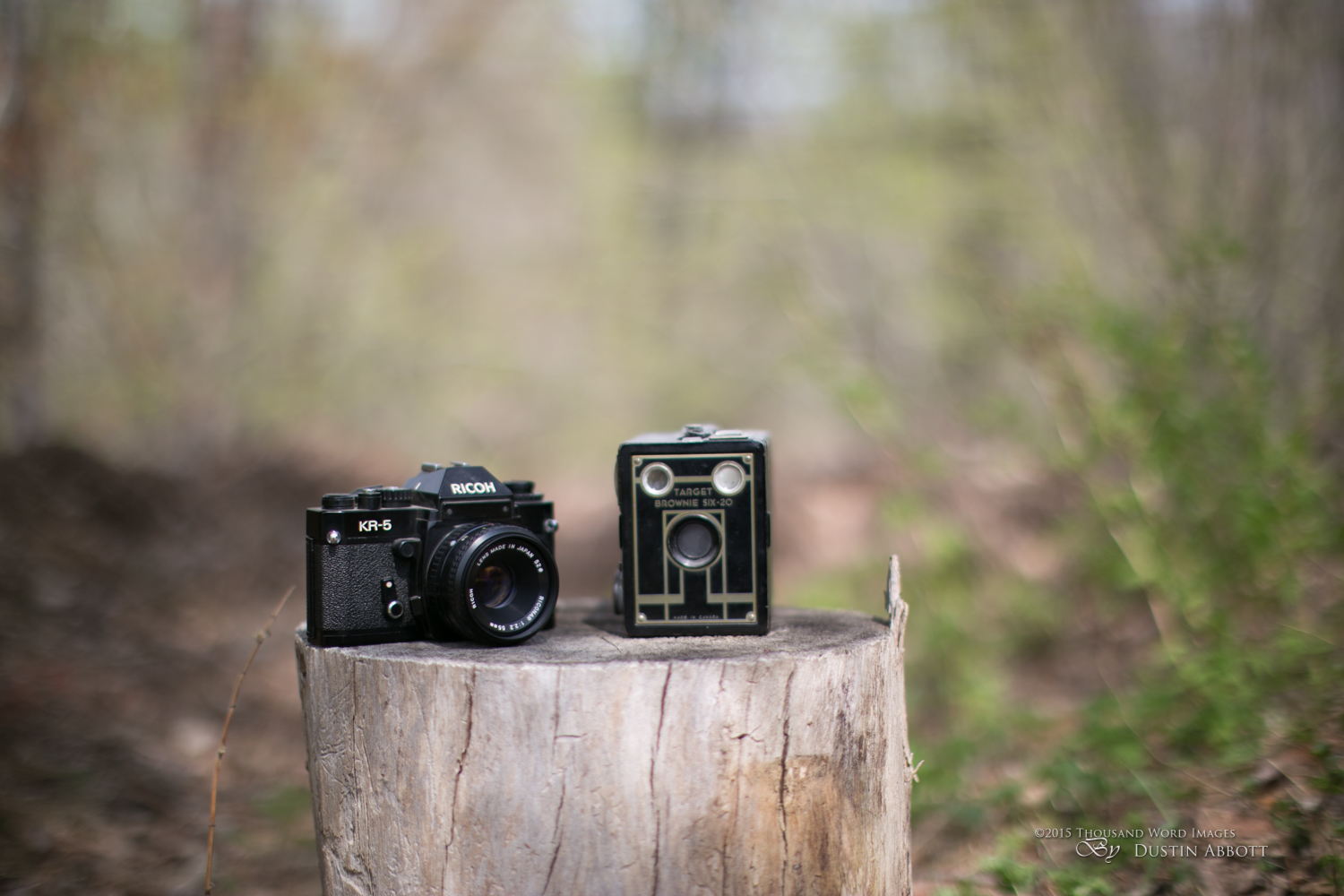
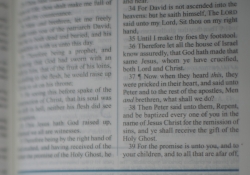

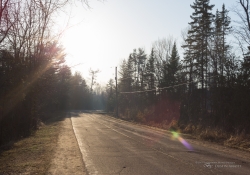
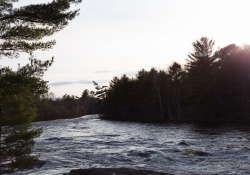


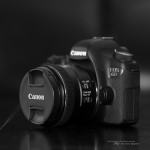
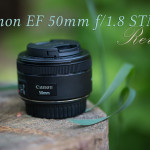
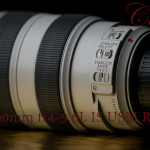
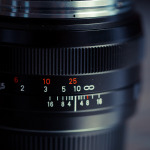

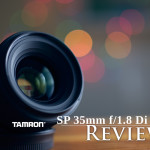
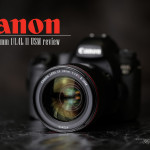
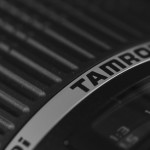
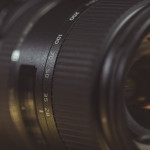

I am surprise you didn't experienced the focus shift issue as most of them had.
Anyway good article man!
I’m aware that others have experienced it, but I didn’t have any AF issues that I could point to during my review.
Excellent review Dustin. Finally, someone is able to bring out the "uniqueness" of this lens as well as the "real" importance of photography which is not all about the sharpness of the lens but the unique characteristics of the lens combined with the hart that wills it.
In real world people look at the photos because of the "artistic point of view" that imspires them and not often the sharpness of the image.
There are always differences between lenses that are build for the purpose of capturing the soul of a frame and lenses that are build to capture the technical excellence of a frame. I believe this lens is definitely build for the soul and that is why people loves it and will not give it up.
A “soul” lens – I like that…and may just borrow it!
Hi,
Let me start saying that I have also owned all Canon 50mm lens and more than once each.
I may agree with the fact that the 50L has a magical bokeh but CA and focus shift with the 50L were a nightmare for me so I ended selling every single copy I got.
I'm considering new Sigma 50mm Art but also waiting if a new 50L II or a 50mm f1.4 IS is released.
I understand how you feel. The Sigma is a great lens in many ways, but if what you dread is AF issues, the Sigma seems to be a lottery for whether or not you get consistent AF from it. I personally most want a 50mm equivalent of the 35mm f/2 IS; it’s one of my favorite little primes.
Nice review I rent 50mm 1.2 L for wedding and was left disappointed with AF accuracy and sharpness my Canon 85 1.8 kills 50L in terms of AF accuracy..
As I’ve said, it is a polarizing lens. It seems like earlier copies were more prone to having focus issues. I didn’t have them myself.
Great review as always Dustin! This lens has been on my radar for a long, long time. The only reason I purchased the f1.4 is the cost of the "L" lens which is what I really wanted. Your review has me convinced this is the lens for me and I will get it eventually, once i've aquired other hardware on my long list. In a meanwhile I am waiting for my new, well not so new, HELIOS 44-2 58mm f/2 M42 to arrive from Ukraine. I must admit your other reviews were partially responsible for this decision.
You’ll enjoy the Helios. I get a kick out of mine. There is a BIG cost gap between the 50mm f/1.4 and the f/1.2L. It can be hard to justify that expense if you are an amateur. For a professional I’d say “go for it”. The more robust build will give you more peace of mind, and the better results are worth the bigger investment.
How it compare to carls zeiss 50mm f/1.4 ze?
Two very different lenses, although both have beautiful drawing in the bokeh region. The Zeiss is softer wide open but sharpens up more at narrower apertures.
Well done, great review! I can confirm 100% that you have written. The mood of 50L pictures are quite unique which I love really much.
Thanks for the feedback!
Loved your article. If the lens creates images like my 85mm f/1.2 I'd love it. That lens creates fantastic portraits.
I keep meaning to pair up my 85mm with a polarizing filter to see how that changes the images. Have you ever done that sort of test? I'd think a polarizing filter might create better contrast and nicer shots.
If you happen to do that let me know.
Bob
Bob, a polarizing filter is often an excellent choice to add some contrast and enrich colors. Play with the polarizing angle and you will definitely notice a difference.
I bought this lens relatively recently. I read about the focus shift issues and I also noted the complaints tapered off and I never had any focus shift issues and wondered if Canon did a "silent upgrade".
Another complaint from rhe forums was the ability to focus in low light levels and suspect that the average complainer did not factor in the very narrow depth of field at f/1.2.
I have several Canon lenses and I was fascinated by this lens as it was the first lens where you had to have experience to use it.
Apparently the 85mm lens has a floating element which helps avoid the focus shift issue but adds to the cost. I dimly recall a rumour that the mark II of the 50mm will also have the floating element.
The one downside to the floating element is that it often causes some “focus breathing” where the apparent focal length diminishes near minimum focus. I’ve heard a number of people theorize about the “silent update.” I don’t know if it is true or not; I just know that I had no focus issues with the copy of the 50L that I used.
Hi Dustin,
Yet another thoughtful and very illuminating review. I feel the Canon 50L shares similar characteristics with my Zeiss 50mm f/1.4 Planar T* Both are not exactly the sharpest 50mm lenses around, especially if you want to pixel peep or glaze over MTF charts. However, it's the drawing and color rendition that makes me fall in love with the Zeiss 50mm f/1.4.
Cost is the main reason why I wouldn't purchase the Canon 50L for now. Besides, I think my Zeiss 50mm f/1.4 is good enough even though it's manual focus and stops down to "only" f/1.4; that makes getting the 50L redundant for me. As for the new Canon 50mm f/1.8 that's another story, LOL.
Philip, the new 50mm f/1.8 may be a nice companion to your Zeiss for the times you want the focal length but need AF. Small investment and hopefully large dividends. I’ll be reporting on that lens starting next week.
Hi Dustin,
Lovely review and I really like that doggie's photo. What do you think about making a short video of how it has been processed. I think it's really nice :).
cheers,
Thomas
Thanks for the feedback. I’ll consider doing something like that in the future.
I wonder what you have to say about the optical qualities of the Sigma 50mm 1.4 EX DG HSM (not the Art one, the precursor). Did you ever test it? I know, it has AF issues but how does it compare optically?
I have the review material done, but have never posted a review. I wasn’t really super impressed by it. I found it had very heavy green fringing and wasn’t nearly as sharp as the ART series lens. Some people love it, though.
Hello Dustin!
Once again I find your thoughts about a particular lens so close to mine. It is funny, but originally bought the 50L in attempt to compensate my Canon 400D’s awful ISO capabilites.
Boy was I right and wrong at the same time! Surely 50L allows to get away with IS0 <= 800 in most situations, but it needs very confident AF system at f/1.2 which 400D lacks completely. I am now using
50L with 6D (single center point + servo mode) and it really shines. Was lucky enough to get it used without focus-shifting issuse. It is now one of my 2 favourite lenses alongside with
85L II (which is even more magical), but must admit that 50mm is more practlical for everyday use and weather sealing also comes in handy. I find 50L producing images which are so corresponding to my inner vision
of how I would like the things to look like, if you understand what I mean. And this dreaminess and magical softness at f/1.2 make objective specifications like sharpness almost irrelative.
Here I found a small set of photos which briefly show strong points of 50L: http://www.josephjamesphotography.com/lenses/50L/
Anton – I’m glad you have enjoyed your 50L. It is a very nice lens. Thanks for the great feedback and for the link
I have a Helios 81-H from my Nikon days (I should get an F to EF adapter). It was a lot of fun and produced very nice results. I recently ordered the Helios 40-2 and am waiting for delivery from Russia, and of course there are the Jupiter 3 and Jupiter 8 lenses I enjoy so much on my Leicas.
Russian glass is definitely first-rate, only the mechanics sometimes don’t live up.
I just bought this lens last week (after renting it a few times before) and have no focus issues either. Mine didn’t even require micro-adjust for AF. Date code indicates my copy was just made in March 2016.
Andrew, I’ve heard really nothing but good about the autofocus from those who have purchased in recent years. I don’t know if it was a change to the lens or that it just plays better with newer camera bodies.
My understanding is better quality control (on all Canon lenses) and some slight fine-tuning of the focus system in the lens.
I also use my lens on a Canon EOS 650 film camera from 1987 that lacks adjustment and focus is dead-on at all distances wide-open.
That’s good to hear. The people that love the 50L really love it.